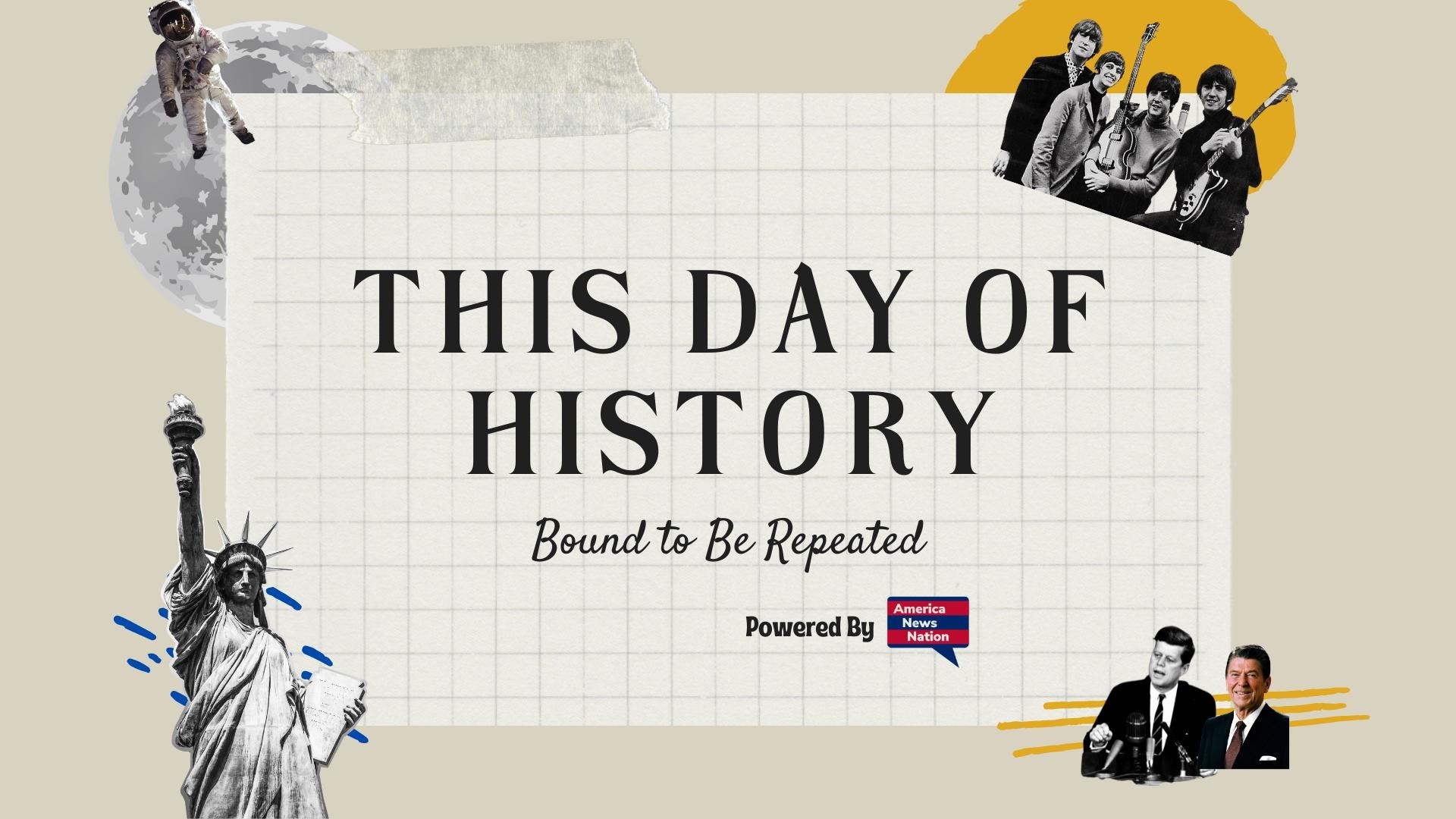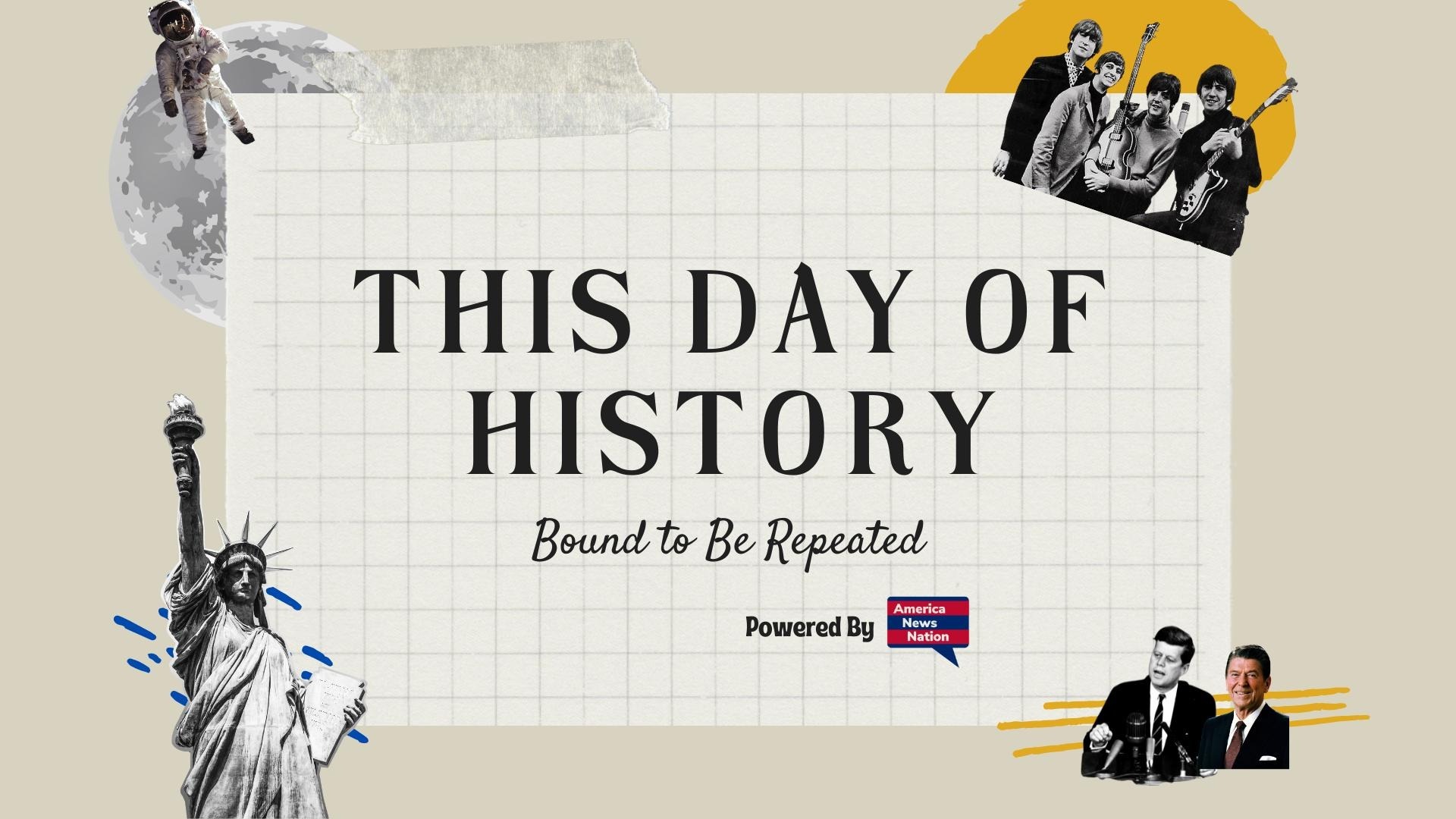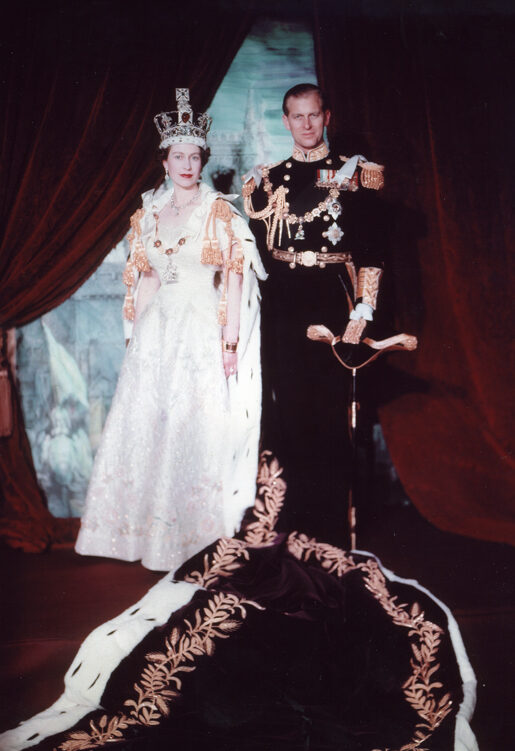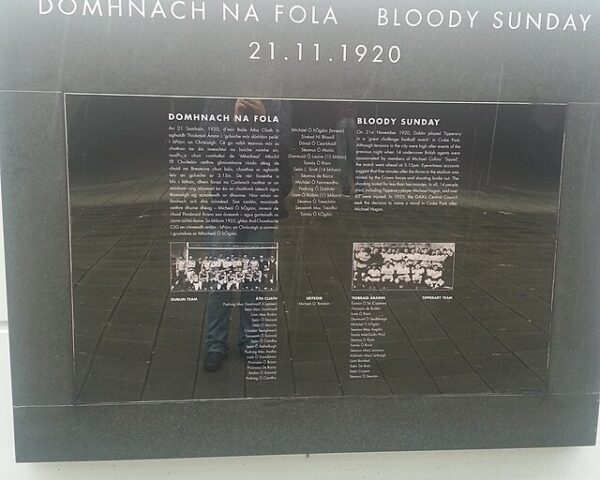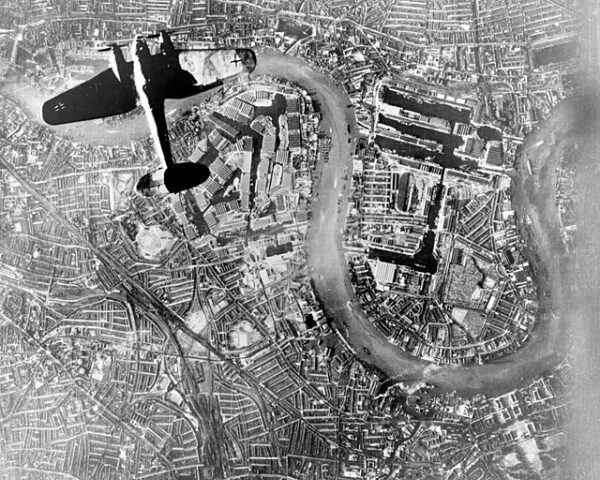On February 8, 1960, Queen Elizabeth II issued an Order-in-Council declaring that her direct descendants would bear the surname Mountbatten-Windsor, a decision that subtly but significantly altered the royal family’s naming conventions. This choice reflected both personal and political considerations as the Queen navigated the delicate balance between tradition and the evolving expectations of 20th-century Britain.
The question of whether the British royal family should use a surname had been debated since Queen Victoria’s reign. Traditionally, British monarchs were identified by their royal house rather than a family name. However, as the constitutional monarchy evolved and government bureaucracy expanded, the need for a formal surname became more pressing. Since 1917, the royal family had officially been known as the House of Windsor, a name adopted by King George V to replace the Germanic House of Saxe-Coburg and Gotha amid rising anti-German sentiment during World War I. This decision established Windsor as the reigning house’s official name, a tradition that continued when Queen Elizabeth II ascended the throne in 1952.
Elizabeth’s marriage in 1947 to Prince Philip, Duke of Edinburgh, reignited the discussion over the royal surname. Philip, born a prince of Greece and Denmark from the House of Schleswig-Holstein-Sonderburg-Glücksburg, had renounced his foreign titles and adopted the surname Mountbatten, an Anglicized version of Battenberg, prior to their wedding. Upon Elizabeth’s accession, she initially decreed that the royal family would remain the House of Windsor, following her grandfather’s precedent. However, this decision reportedly frustrated Philip, who once lamented, “I am the only man in the country not allowed to give his name to his own children.”
In response to Philip’s concerns, the 1960 Order-in-Council established a compromise. It stipulated that while the royal house would remain Windsor in an official capacity, the Queen’s direct descendants who were not styled as His/Her Majesty or His/Her Royal Highness would carry the surname Mountbatten-Windsor—a hyphenated fusion of Philip’s surname and the existing royal house. This ruling ensured Philip’s lineage was recognized while preserving Windsor’s continuity as the reigning house.
At the time of the decree, the Queen and Philip’s two eldest children—Prince Charles and Princess Anne—had already been born under the Windsor name. However, their younger sons, Prince Andrew (born 1960) and Prince Edward (born 1964), were the first to be formally registered with the surname Mountbatten-Windsor. Despite this change, the surname has seen limited practical use. Royals with HRH status typically do not require a surname, as official documents refer to them by title alone. However, in instances where a last name is necessary—such as marriage certificates or military records—Mountbatten-Windsor has been used. Notably, Prince Harry and Meghan Markle’s children, Archie and Lilibet, have been registered under this surname.
